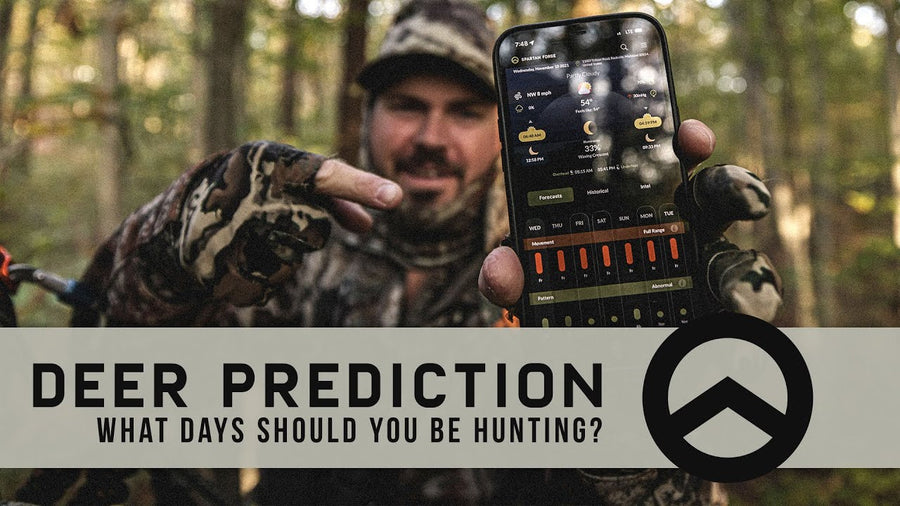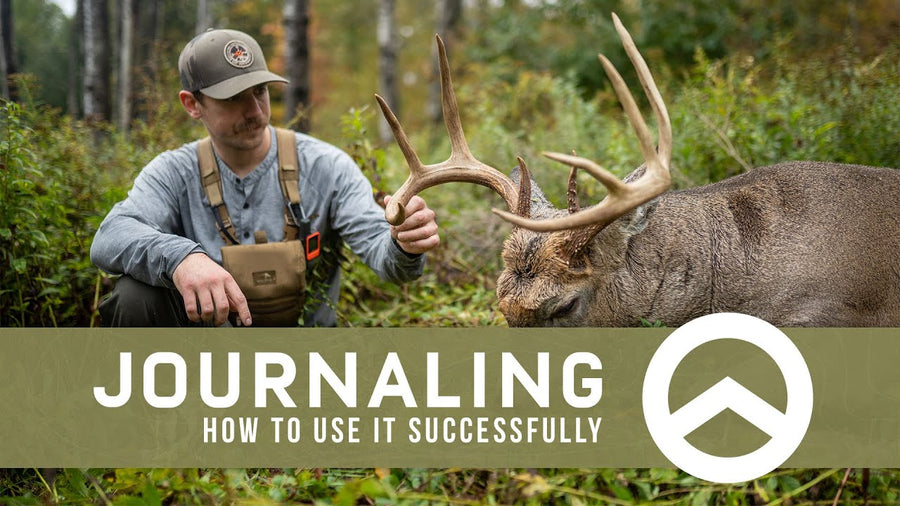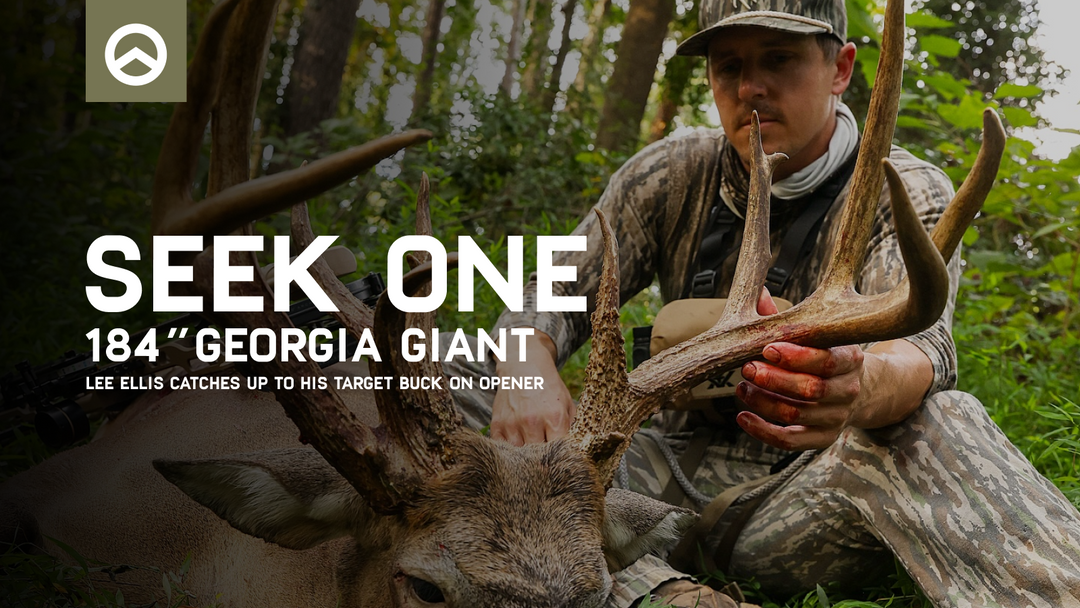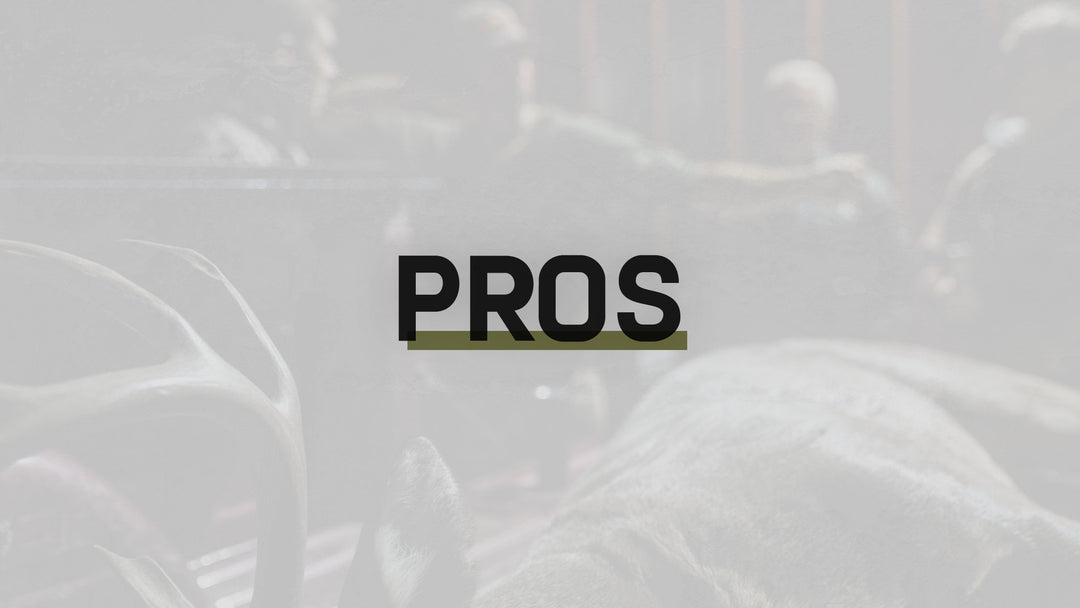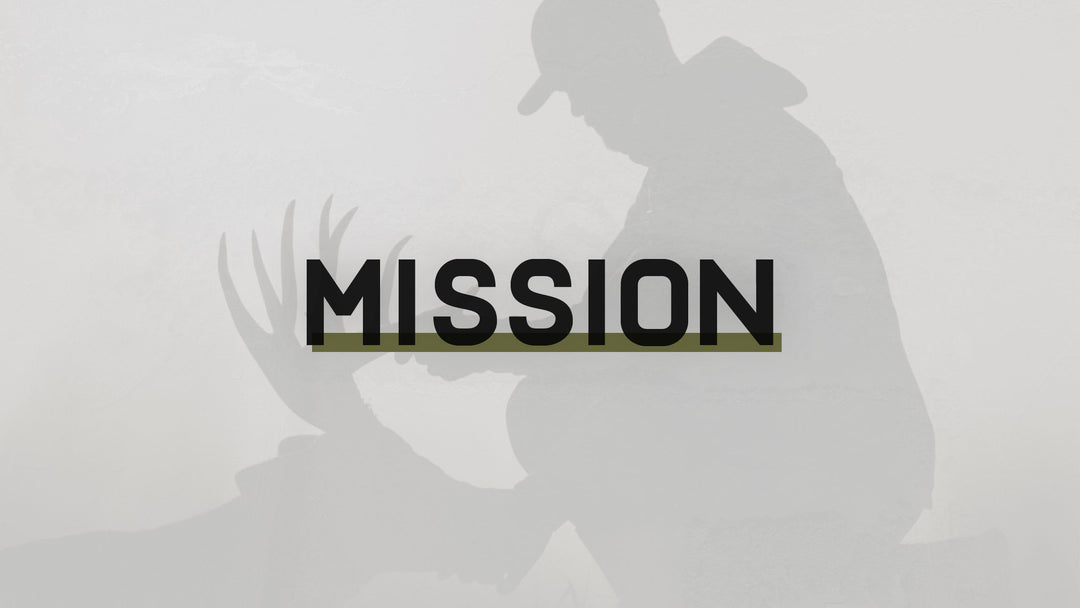The Science of Plaid: Hunting in a Pennsylvania Tuxedo
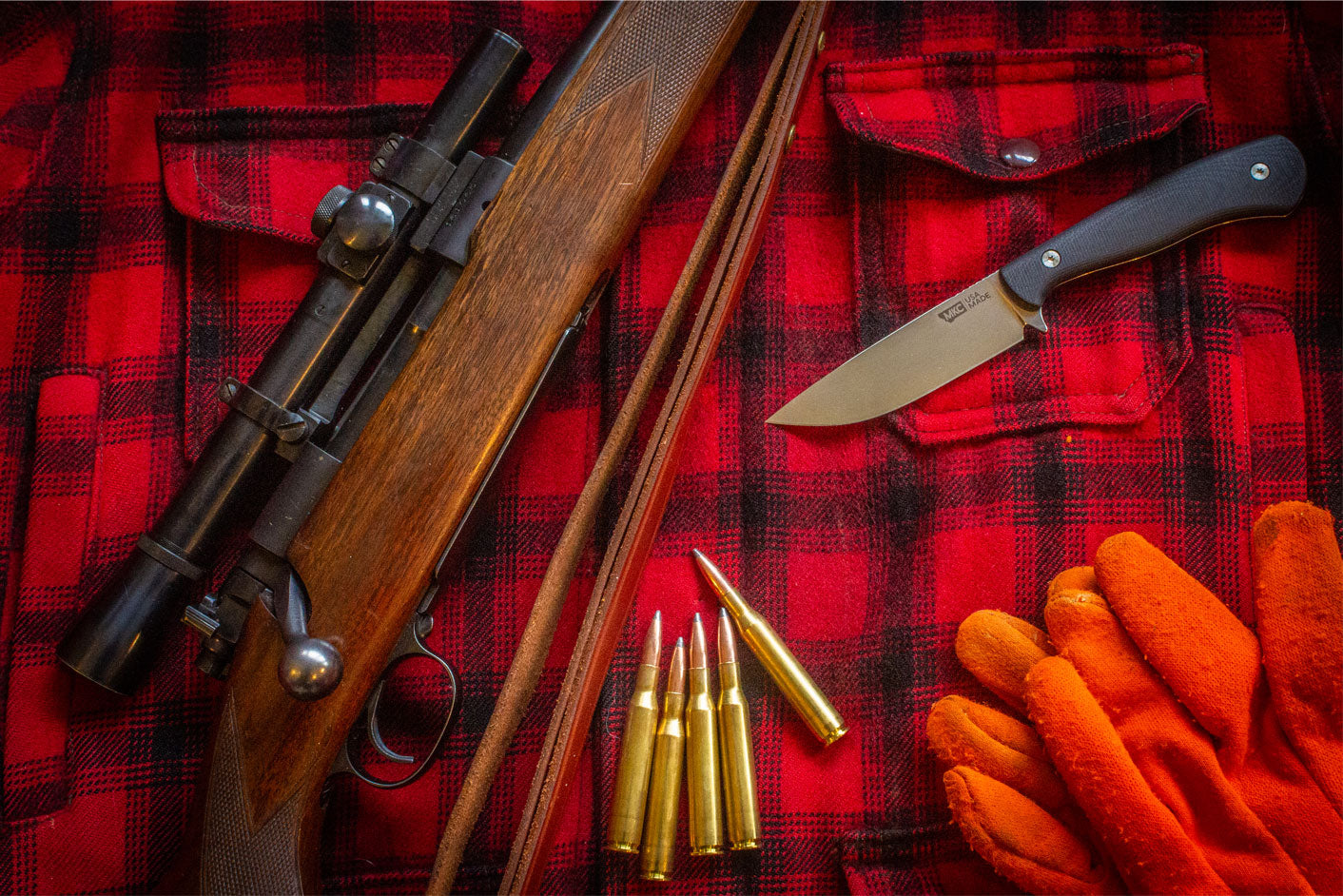
When looking through old hunting photos, it doesn’t take long to notice that hunters used to dress differently. Plaids and wool were the norm, unofficially becoming the uniform of the North American hunter. While they definitely weren’t doing it for likes on Instagram, they looked damn good too. But there is much more to it than that.
Hunters wore plaid, specifically “Red Buffalo Plaid,” because it did a great job at visually breaking up their silhouette in the woods. Red is often used because it is easy for another hunter to identify but appears green to an ungulate or deer species.
Plaid defined a whole generation of hunters and made some outfits like the “Pennsylvania Tuxedo” legendary. While many hunters still hit the woods wearing plaid, it is nowhere near as popular as it was at one time.
The Origins of Plaid
Originating in the Scottish Highlands, plaid was a simplification of the original Tartan that was used to identify different clans. Tartans were much more complex and used a multitude of different colors woven in wool. Plaid is the commercialized version of these complex patterns.
Plaid is made up of a series of squares interwoven together. The size of the squares varies widely, but typically, they are uniform in size throughout the whole pattern. These squares are partly responsible for plaid’s effectiveness in the woods.
Plaid came long before camo. As time went on, plaid became more and more popular amongst outdoorsmen and women. Red plaid became king as it played into what deer can and can’t see. Deer see a different color spectrum than us.
How and Why Red Plaid Works: Deer Vision
Ungulates, or deer, have what we call dichromatic vision. This means that they only see yellow, green, blue, black, white, and gray. What appears red or orange to our eyes is gray for them. This is the primary reason fluorescent orange is the universal safety color for hunting. Deer can’t see it.
The plaid checkerboarding makes it hard for animals, specifically ungulates, to pick up the human silhouette amongst a background of trees and grasses. Many of the newer camo patterns you see use big blotches of subdued colors to try to achieve the same thing.
A broken-up pattern and use of color that the game can’t distinguish make it a winning combination. I’m not going to tell you that it is better than this or that camo, and there are countless studies that prove why camo works. However, there is no denying plaids' effectiveness in the woods.
Lastly, there is a safety aspect to wearing plaid in the woods. While the reds and greens blend in with the surroundings for ungulates, they are obvious to the human eye. This added visibility is welcomed in areas with a high density of hunters.
What the Hell is a Pennsylvania Tuxedo?
You can’t discuss plaid hunting outfits without mentioning the legendary Pennsylvania Tuxedo. While it was widely worn all across North America, the red and black plaid attire was the unofficial uniform of the PA buck hunter in the 20th Century. It was a tradition carried on to this day in many hunting camps in the backwoods of PA.
The Pennsylvania Tuxedo was more than just a stylish plaid outfit. It was practical, too. Aside from the buffalo-check pattern being effective, it was made of wool with an insulated liner, giving it excellent warmth and wind resistance. A true tuxedo would have been made in the USA by the classic Pennsylvania company, Woolrich. Founded in 1830, they were no strangers to what the deer hunter needed and hit the nail on the head when they produced it.
Unlike a lot of hunting clothing today, the Woolrich plaid hunting attire was built to last, sometimes being handed down from one generation to the next. In fact, I was handed down my great-grandfather's Pennsylvania Tuxedo, and it is still as effective as ever.
While plaid was much more popular in the last century than it is today, there are still a number of hunters who continue to wear it every season. Hal Blood, the legendary whitetail tracker up in the Maine woods, swears by it and has a resume of big bucks on his wall to prove it.
Burn Your Camo - Continue Traditions
Plaid is effective, plain and simple. Should you go out and burn your camo clothing and buy plaid? Absolutely not. There are certain subsets of the hunting world that love to put down this or that expensive camo, saying that it's become more about fashion than anything else. While that may hold some truth, the same can be said about plaid.
A Woolrich-made “Pennsylvania Tuxedo” was very expensive in its day. Much like today’s premium hunting clothing companies, it had its own following. Its popularity eventually made it evolve into its own legendary status. Those old duck and treebark camos of the day have also come full circle and have regained popularity with the new title “Vintage.”
The truth is that the pattern you wear out hunting doesn’t matter as much as you think it does. Plaid may not be the best for everyone, but a timeless design works. While I mostly wear camo out in the field, I am urged to fill a tag wearing my great-grandfather’s Woolrich's one day.
Written By Kurtis Martonik of The Gunsmithing Journal
